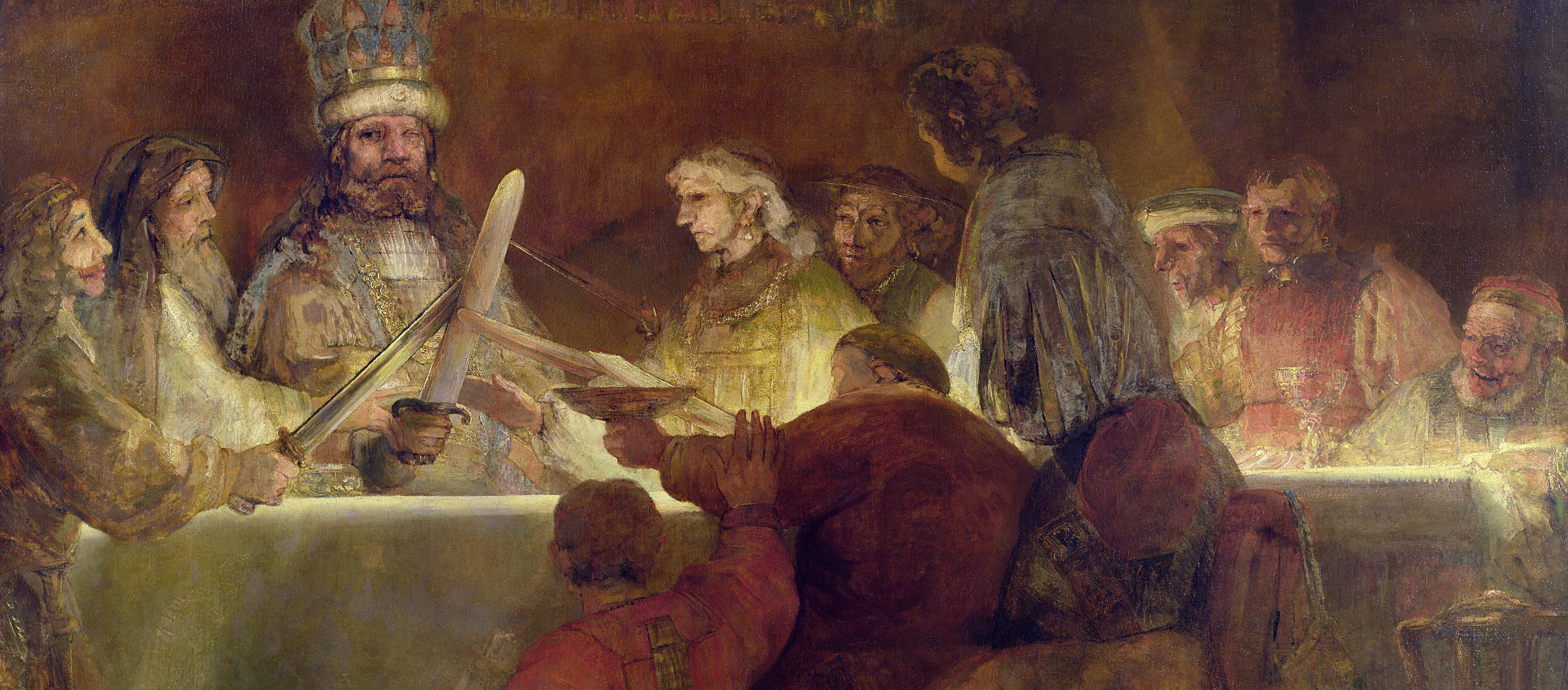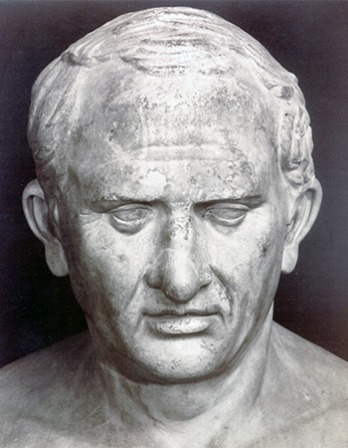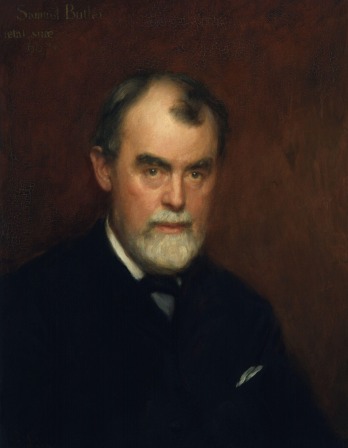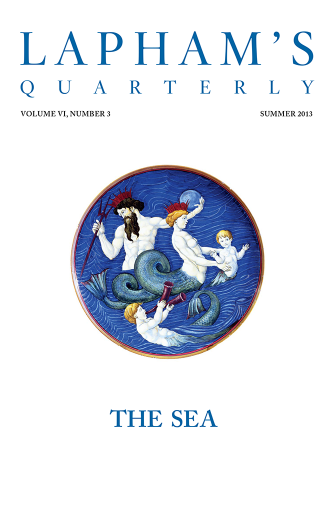The most radical revolutionary will become a conservative on the day after the revolution.
—Hannah Arendt, 1970A Modest Proposal
Nicolaus Copernicus rearranges the heavens.
I can reckon easily enough, Most Holy Father, that as soon as certain people learn that in these books of mine, which I have written about the revolutions of the spheres of the world and attribute certain motions to the terrestrial globe, they will immediately shout to have me and my opinion hooted off the stage.
For my own works do not please me so much that I do not weigh what judgments others will pronounce concerning them. And although I realize that the conceptions of a philosopher are placed beyond the judgment of the crowd—because it is his loving duty to seek the truth in all things, insofar as God has granted that to human reason—nevertheless I think we should avoid opinions utterly foreign to rightness. And when I considered how absurd this “lecture” would be held by those of the opinion that the earth rests immovable in the middle of the heavens, if I were to assert to the contrary that the Earth moves—for a long time I was in great difficulty as to whether I should bring to light my commentaries written to demonstrate the Earth’s movement, or whether it would not be better to follow the example of the Pythagoreans and certain others who used to hand down the mysteries of their philosophy not in writing but by word of mouth and only to their relatives and friends. They seem to me to have done that not, as some judge, out of a jealous unwillingness to communicate their doctrines, but in order that things of very great beauty that have been investigated by the loving care of great men should not be scorned by those who find it a bother to expend any great energy on letters—except on the moneymaking variety—or who are provoked by the exhortations and examples of others to the liberal study of philosophy, but on account of their natural stupidity hold the position among philosophers that drones hold among bees. Therefore, when I weighed these things in my mind, the scorn that I had to fear on account of the newness and absurdity of my opinion almost drove me to abandon a work already undertaken.
But my friends made me change my course in spite of my long-continued hesitation and even resistance. First among them was Nicholas Schonherg, cardinal of Capua, a man distinguished in all branches of learning; next to him was my devoted friend Tiedemann Giese, bishop of Culm, a man filled with the greatest zeal for the divine and liberal arts—he in particular urged me frequently and even spurred me on by added reproaches into publishing this book and letting come to light a work that I had kept hidden among my things for not merely nine years, but for almost four times nine years. Not a few other learned and distinguished men demanded the same thing of me, urging me to refuse no longer—on account of the fear that I felt—to contribute my work to the common utility of those who are really interested in mathematics. They said that the absurder my teaching about the movement of the earth now seems to very many persons, the more wonder and thanksgiving will it be the object of when, after the publication of my commentaries, those same persons see the fog of absurdity dissipated by my luminous demonstrations. Accordingly I was led by such persuasion and by that hope finally to permit my friends to undertake the publication of a work that they had long sought from me.
But perhaps Your Holiness will not be so much surprised at my giving the results of my nocturnal study to the light—after having taken such care in working them out that I did not hesitate to put in writing my conceptions as to the movement of the earth—as you will be eager to hear from me what came into my mind that in opposition to the general opinion of mathematicians and almost in opposition to common sense I should dare to imagine some movement of the earth. And so I am unwilling to hide from Your Holiness that nothing except my knowledge that mathematicians have not agreed with one another in their researches moved me to think out a different scheme of drawing up the movements of the spheres of the world.

The Conspiracy of the Batavians Under Claudius Civilis, by Rembrandt van Rijn, c. 1661. Nationalmuseum, Stockholm, Sweden.
Accordingly, when I had meditated upon this lack of certitude in the traditional mathematics concerning the composition of movements of the spheres of the world, I began to be annoyed that the philosophers who in other respects had made a very careful scrutiny of the least details of the world had discovered no sure scheme for the movements of the machinery of the world, which has been built for us by the Best and Most Orderly Workman of all. Wherefore I took the trouble to reread all the books by philosophers that I could get hold of, to see if any of them even supposed that the movements of the spheres of the world were different from those laid down by those who taught mathematics in the schools. And as a matter of fact, I found first in Cicero that Nicetas thought that the earth moved. And afterward I found in Plutarch that there were some others of the same opinion. I shall copy out his words here, so that they may be known to all:
Some think that the earth is at rest, but Philolaus the Pythagorean says that it moves around the fire with all obliquely circular motion, like the sun and moon. Heracleides of Pontus and Ekphantus the Pythagorean do not give the earth any movement of locomotion, but rather a limited movement of rising and setting around its center, like a wheel.
Therefore I also, having found occasion, began to meditate upon the mobility of the earth. And although the opinion seemed absurd, nevertheless because I knew that others before me had been granted the liberty of constructing whatever circles they pleased in order to demonstrate astral phenomena, I thought that I too would be readily permitted to test whether or not, by the laying down that the earth had some movement, demonstrations less shaky than those of my predecessors could be found for the revolutions of the celestial spheres.
And so, having laid down the movements that I attribute to the earth further on in the work, I finally discovered by the help of long and numerous observations that if the movements of the other wandering stars are correlated with the circular movement of the earth, and if the movements are computed in accordance with the revolution of each planet, not only do all their phenomena follow from that but also this correlation binds together so closely the order and magnitudes of all the planets and of their spheres or orbital circles and the heavens themselves that nothing can be shifted around in any part of them without disrupting the remaining parts and the universe as a whole.
If there was ever a just war since the world began, it is this in which America is now engaged.
—Thomas Paine, 1778And I have no doubt that talented and learned mathematicians will agree with me, if—as philosophy demands in the first place—they are willing to give not superficial but profound thought and effort to what I bring forward in this work in demonstrating these things. And in order that the unlearned as well as the learned might see that I was not seeking to flee from the judgment of any man, I preferred to dedicate these results of my nocturnal study to Your Holiness rather than to anyone else—because, even in this remote corner of the earth where I live, you are held to be most eminent both in the dignity of your order and in your love of letters and even of mathematics; hence, by the authority of your judgment you can easily provide a guard against the bites of slanderers, despite the proverb that there is no medicine for the bite of a sycophant.
But if perchance there are certain “idle talkers” who take it upon themselves to pronounce judgment, although wholly ignorant of mathematics, and if by shamelessly distorting the sense of some passage in Holy Writ to suit their purpose, they dare to reprehend and to attack my work; they worry me so little that I shall even scorn their judgments as foolhardy. Mathematics is written for mathematicians, and among them, if I am not mistaken, my labors will be seen to contribute something to the ecclesiastical commonwealth, the principate of which Your Holiness now holds.

Nicolaus Copernicus
From On the Revolutions of Heavenly Spheres. Copernicus completed his Little Commentary—in which he wrote, “We revolve around the sun like any other planet”—by 1514, the same year that he was asked for his opinion on calendrical reform at the Church’s Fifth Lateran Council. On the Revolutions was published in 1543, the year of his death; between then and 1610, it is believed there were only about a dozen physicists and mathematicians who subscribed to his heliocentric theories, among them Giordano Bruno, Johannes Kepler, and Galileo Galilei.




